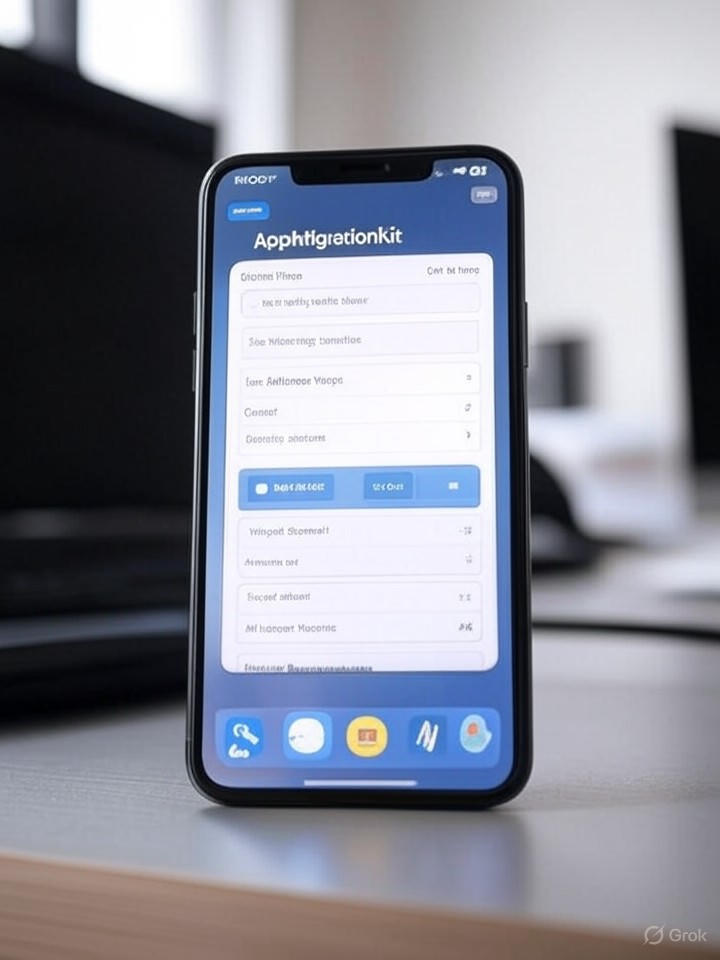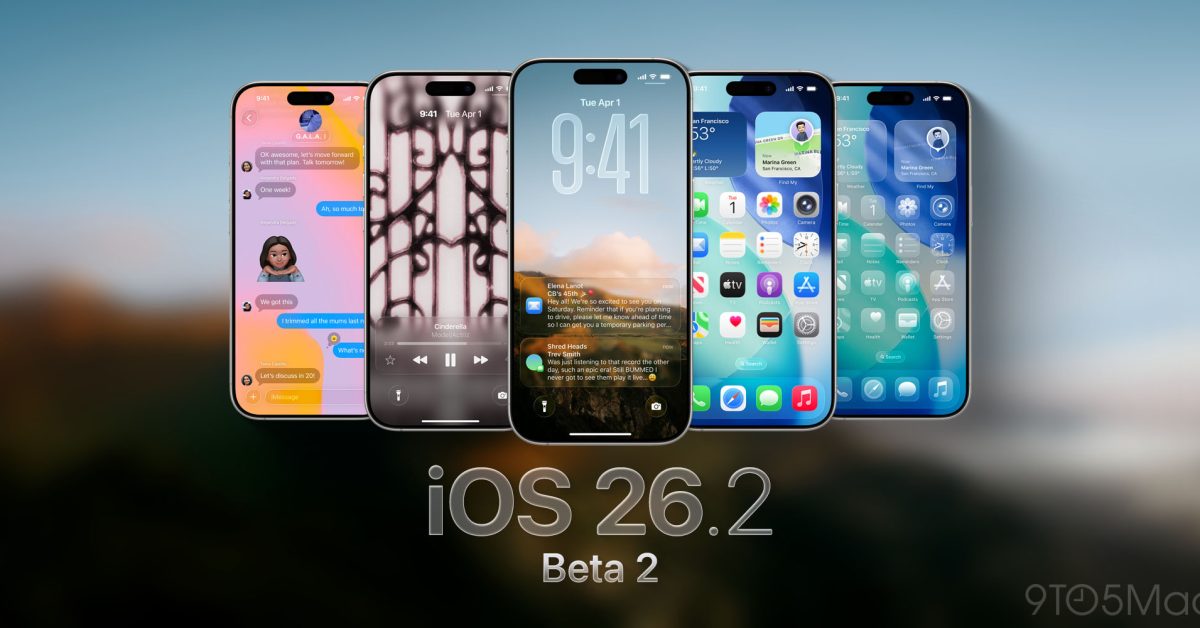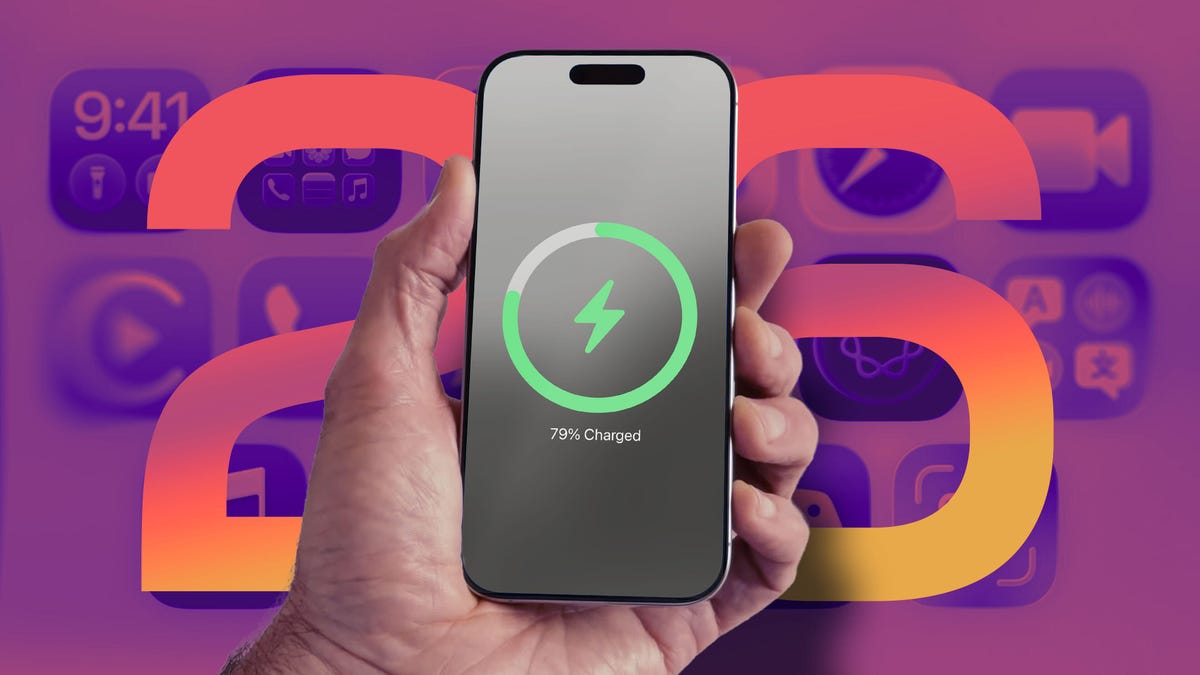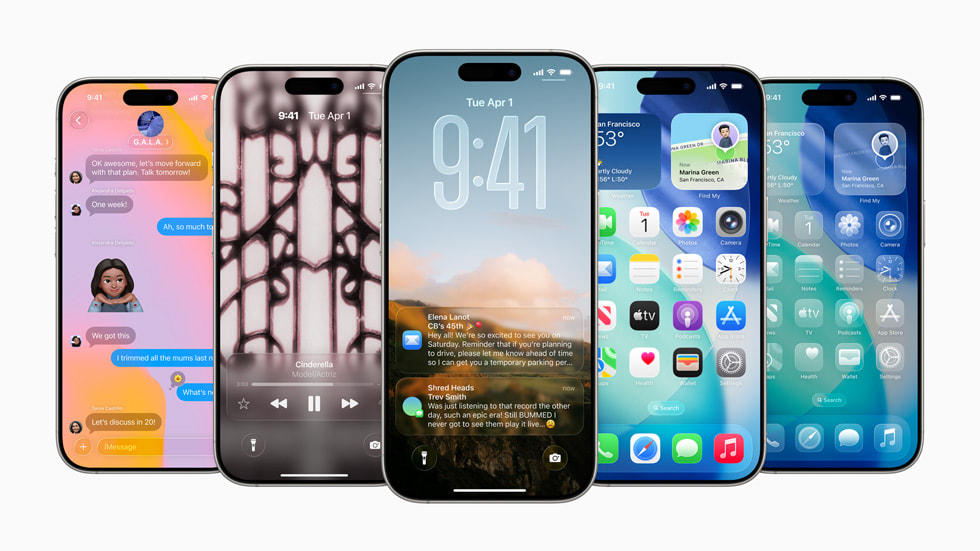In the fiercely competitive world of smartphones, where user loyalty often depends on seamless transitions between ecosystems, Apple Inc. has quietly introduced revolutionary potential. The company is testing a new framework called AppMigrationKit, built into the iOS 26.1 beta, aimed at simplifying data transfers between iPhones and Android devices. The move comes amid growing regulatory pressures and consumer demands for interoperability, signaling Apple’s reluctant but strategic pivot toward openness.
Details from the developer’s documentation reveal that AppMigrationKit allows third-party apps to bundle and securely transfer on-device data, such as user settings, preferences, and local files, when moving from iOS to Android or vice versa. Unlike existing tools that handle basic transfers like contacts and photos, this framework targets app-specific data that often gets left out, creating friction for users considering jumping to a platform.
A framework born of necessity
The initiative appears to stem from broader changes in the sector, including the EU’s Digital Markets Act, which mandates greater compatibility between tech giants. As reported in a recent article by Digital trendsThe tool is designed to make the process “less hassle,” allowing applications to automatically include their data in migration flows without requiring users to export or reconfigure everything manually.
Apple’s approach is particularly restricted: the framework is limited to one-time transfers during device setup and does not support ongoing syncs or migrations between Apple’s own platforms like iOS to iPadOS. This specificity underlines the importance given by the company to compliance while protecting its walled garden. Industry analysts suggest this could reduce churn rates because data loss is a major deterrent for switchers, according to surveys by companies like Counterpoint Research.
Technical foundations and implications for developers
At its core, AppMigrationKit integrates with existing transfer protocols, such as Google’s Switch to Android app, which already makes it easy to move basics from iPhone to Android. But Apple’s addition allows developers to sign up through simple API calls, ensuring that data is encrypted and transferred securely. For example, a fitness app could migrate workout histories, or a banking app could transfer transaction logs, all without exposing sensitive information to intermediaries.
However, challenges remain. Beta testers noted that not all apps will support it out of the box, requiring developers to update their codebases. Publications like 9to5Mac have pointed out that the framework’s beta status in iOS 26.1 means its widespread adoption might not happen until 2026, which could align with iPhone 18 launches. This timeline gives Android manufacturers like Samsung and Google time to reciprocate, thus fostering a more two-sided ecosystem.
Wider ramifications on the market
For industry insiders, AppMigrationKit represents more than a technical tweak: It’s a concession in the ongoing battle for user data sovereignty. Apple’s ecosystem has long thrived on lock-in effects, where the hassle of change discourages defection. Yet with Android holding more than 70% of the global market share according to Statista, easing transfers could paradoxically benefit Apple by attracting former Android users frustrated by fragmented experiences.
Competitors are watching closely. Google, for its part, has improved its data transfer tool, as detailed in another article on digital trendsto handle iPhone-specific formats like Live Photos. This tit-for-tat innovation could lead to standardized protocols, reducing barriers and intensifying competition on merits such as hardware and software features rather than data silos.
Potential obstacles and future prospects
Despite this promise, privacy concerns remain significant. Transferring app data between platforms raises questions about consent and data minimization, issues that Apple has championed in its marketing. Regulators may consider how the framework manages cross-border data flows, particularly under frameworks such as GDPR.
In the future, if AppMigrationKit is successful, it could set a precedent for deeper integrations, perhaps extending to wearable devices or cloud services. For now, as Apple refines this tool in beta, it offers a glimpse of a future in which changing phones will be as simple as an upgrade within the same family, potentially reshaping user behaviors and market dynamics for years to come.










